Climate Change and Its Impact on Viticulture: Insights from the International Organisation of Vine and Wine
Climate change is a pressing issue that affects many industries, and viticulture is no exception. The International Organisation of Vine and Wine (OIV) has been studying the impacts of climate change on vineyards and wine production. This article delves into their findings, explores the concept of terroir and its role in wine quality, and looks at how renowned wine brands like Beringer are adapting their production processes to these changes.
Introduction to Viticulture and Climate Change
Viticulture, the cultivation of grapevines for winemaking, is an ancient practice that has been refined over centuries. However, this delicate art is now facing unprecedented challenges due to climate change. Rising temperatures, altered precipitation patterns, and an increase in extreme weather events are all impacting vineyards around the world.
For instance, warmer temperatures can lead to earlier grape ripening, which may affect the balance of sugar and acidity in the grapes, ultimately influencing the wine's flavor profile. Additionally, changes in rainfall can lead to water stress or, conversely, increased risk of fungal diseases.
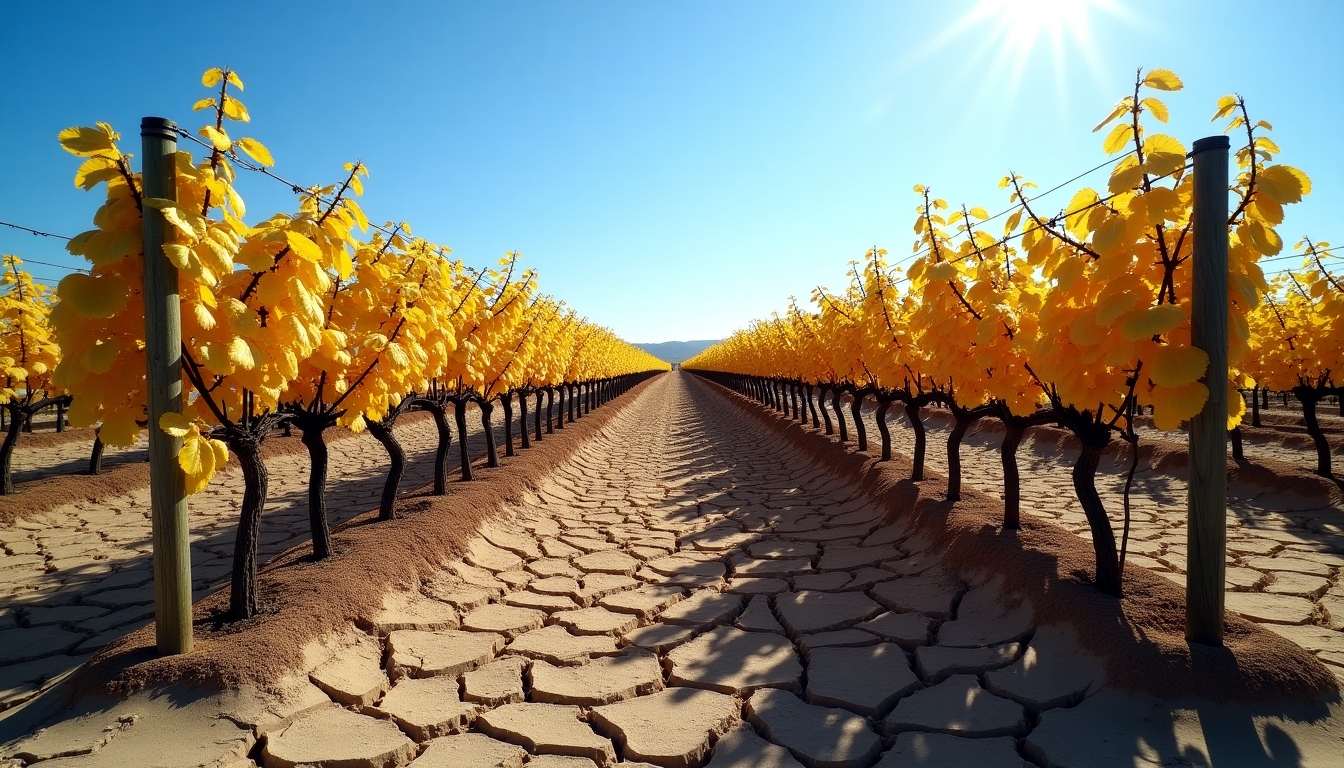
The Role of Terroir in Wine Quality
Terroir is a French term that encompasses the unique combination of soil, climate, topography, and other environmental factors that give a wine its distinctive character. It is often said that great wines are made in the vineyard, and terroir plays a crucial role in this.
However, climate change is threatening to alter these terroirs. For example, regions that were once ideal for certain grape varieties may become too warm, forcing vintners to consider planting different varieties or even relocating their vineyards to cooler areas.
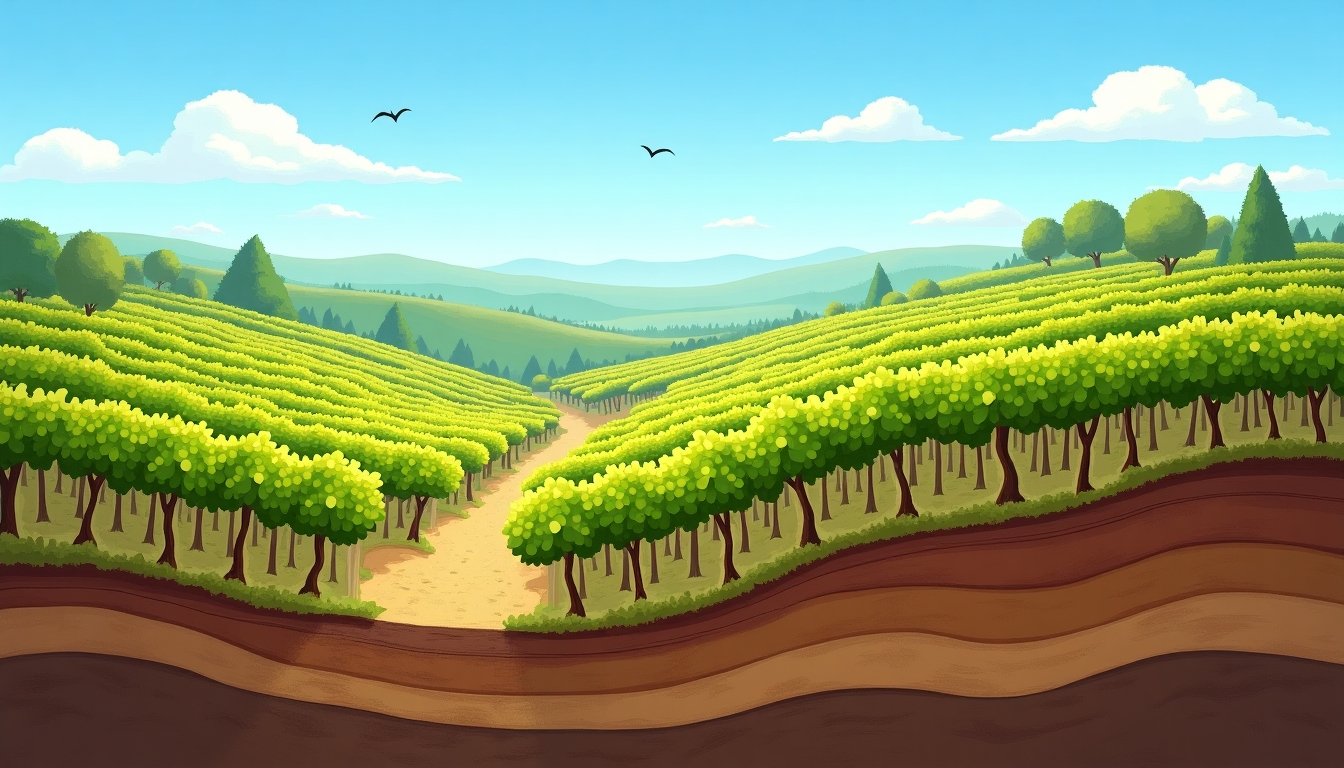
Insights from the International Organisation of Vine and Wine
The International Organisation of Vine and Wine (OIV) is an intergovernmental organization that provides scientific and technical support to the wine sector. They have published several reports on the impact of climate change on viticulture.
According to the OIV, climate change is already affecting wine production in many regions. For example, in Europe, the traditional wine-growing regions are experiencing shifts in phenological stages, with earlier bud break and harvest dates. This can lead to mismatches with optimal growing conditions and increased vulnerability to pests and diseases.
The OIV recommends that the wine industry adopt sustainable practices and invest in research to develop adaptive strategies. This includes selecting grape varieties that are more resilient to climate change, improving water management, and exploring new viticultural techniques.
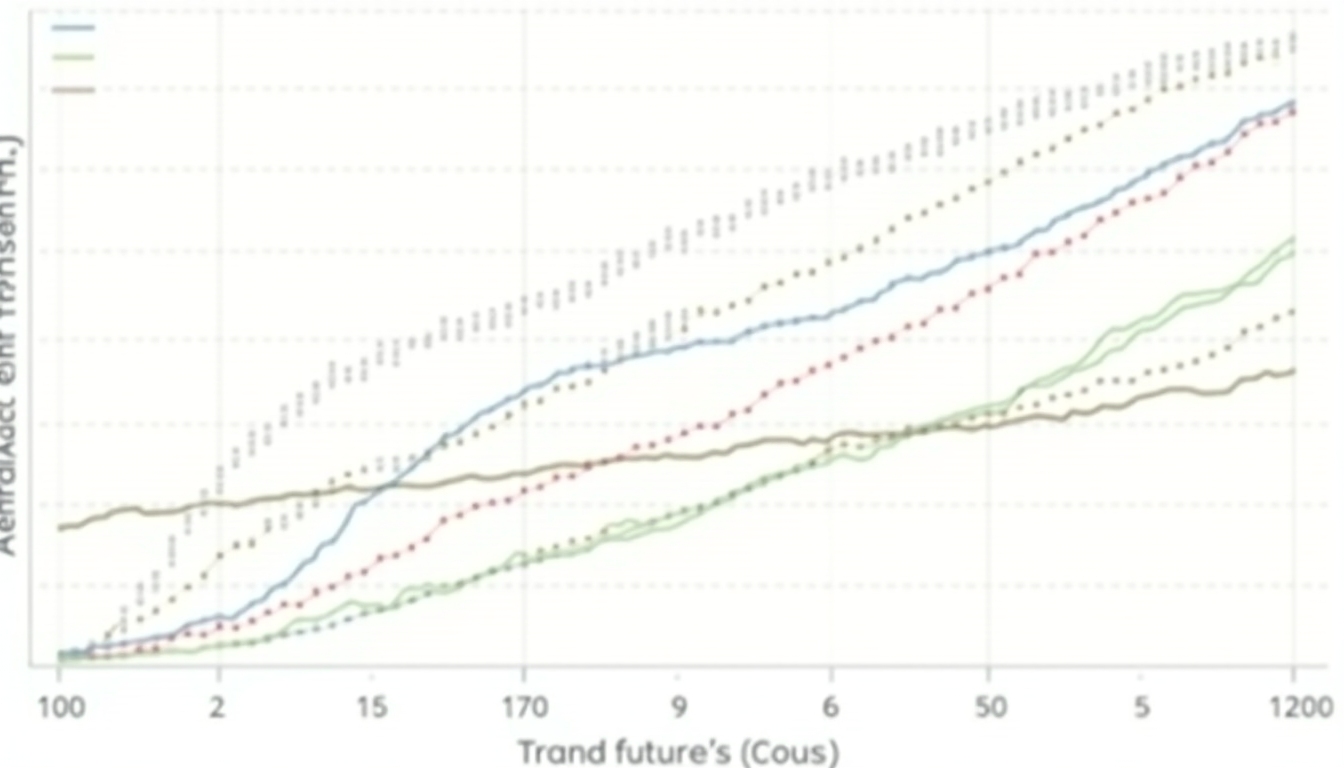
Case Study: Beringer Wine Production Process
Beringer is one of the oldest and most renowned wine brands in the United States, with a history dating back to 1876. Their vineyards in Napa Valley, California, are known for producing high-quality wines that reflect the region's unique terroir.
In response to climate change, Beringer has been implementing various strategies to adapt their wine production process. For instance, they are experimenting with different grape varieties that may be better suited to warmer temperatures. They are also investing in sustainable farming practices, such as precision irrigation and cover cropping, to conserve water and maintain soil health.
Additionally, Beringer is exploring the use of technology, like weather stations and soil moisture sensors, to monitor and respond to changing environmental conditions more effectively.
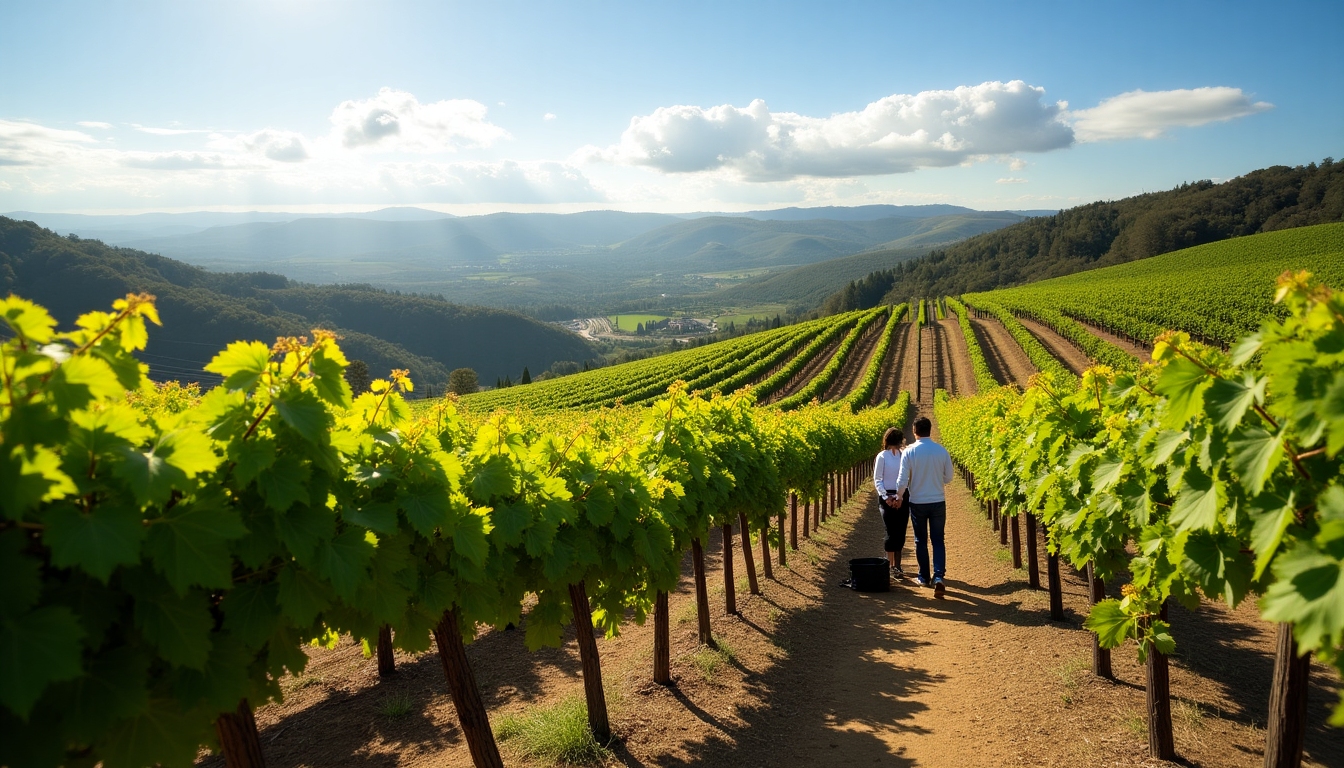
Adapting to Climate Change: Strategies for Viticulturists
Viticulturists around the world are developing innovative strategies to mitigate the effects of climate change. Some of these include:
- Varietal Selection: Planting grape varieties that are more heat-tolerant or have different ripening periods.
- Canopy Management: Adjusting the way vines are trained and pruned to provide shade and reduce water stress.
- Irrigation Techniques: Implementing efficient irrigation systems, such as drip irrigation, to conserve water.
- Soil Management: Using cover crops and organic matter to improve soil structure and water retention.
- Pest and Disease Control: Developing integrated pest management strategies to address new or increased threats.
For example, in Australia, some winemakers are experimenting with Portuguese grape varieties that are accustomed to hot, dry conditions. In France, researchers are studying the potential of moving vineyards to higher altitudes where temperatures are cooler.
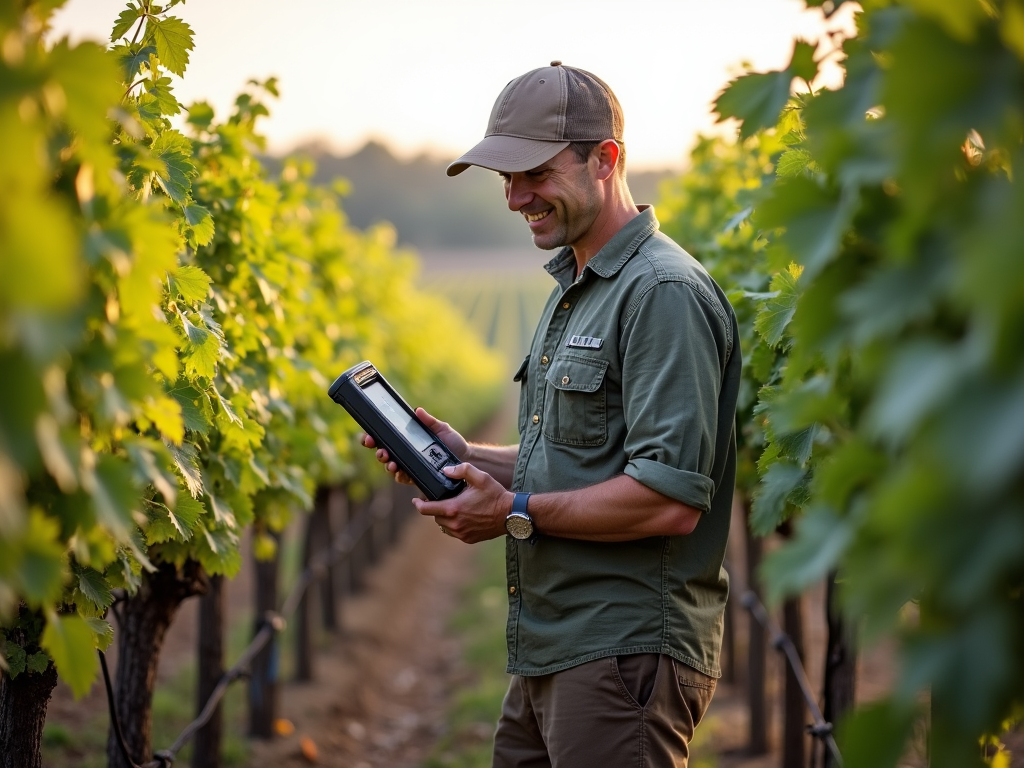
Conclusion
Climate change poses significant challenges to viticulture, but it also presents opportunities for innovation and adaptation. By understanding the impacts and implementing strategic measures, the wine industry can continue to produce high-quality wines while preserving the unique characteristics of their terroirs.
The insights from the International Organisation of Vine and Wine, along with examples from leading wine brands like Beringer, highlight the importance of proactive approaches to sustainability and resilience in the face of a changing climate.